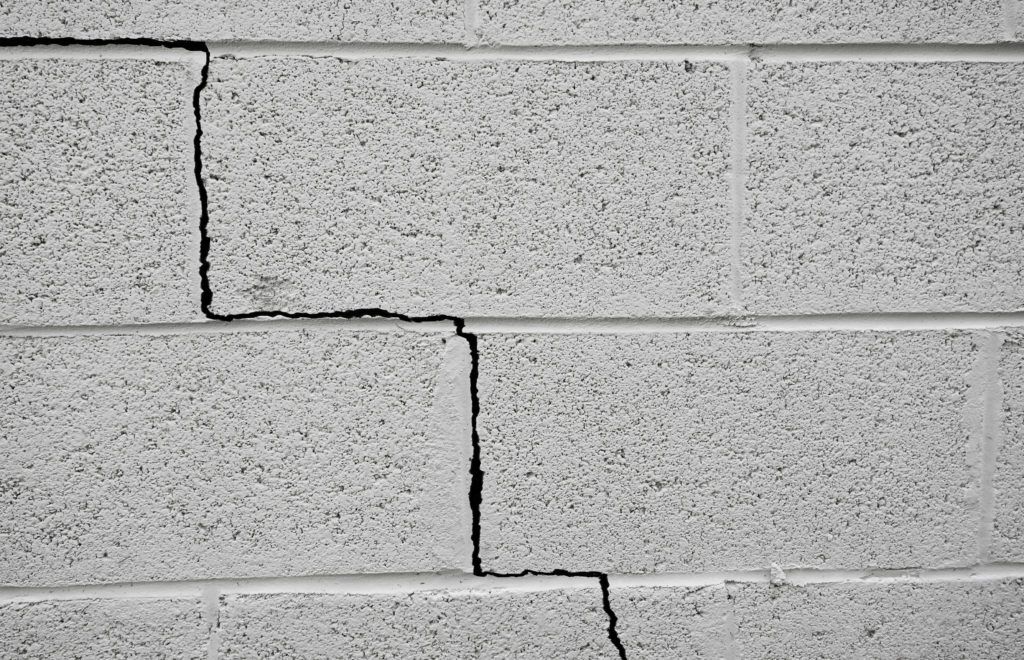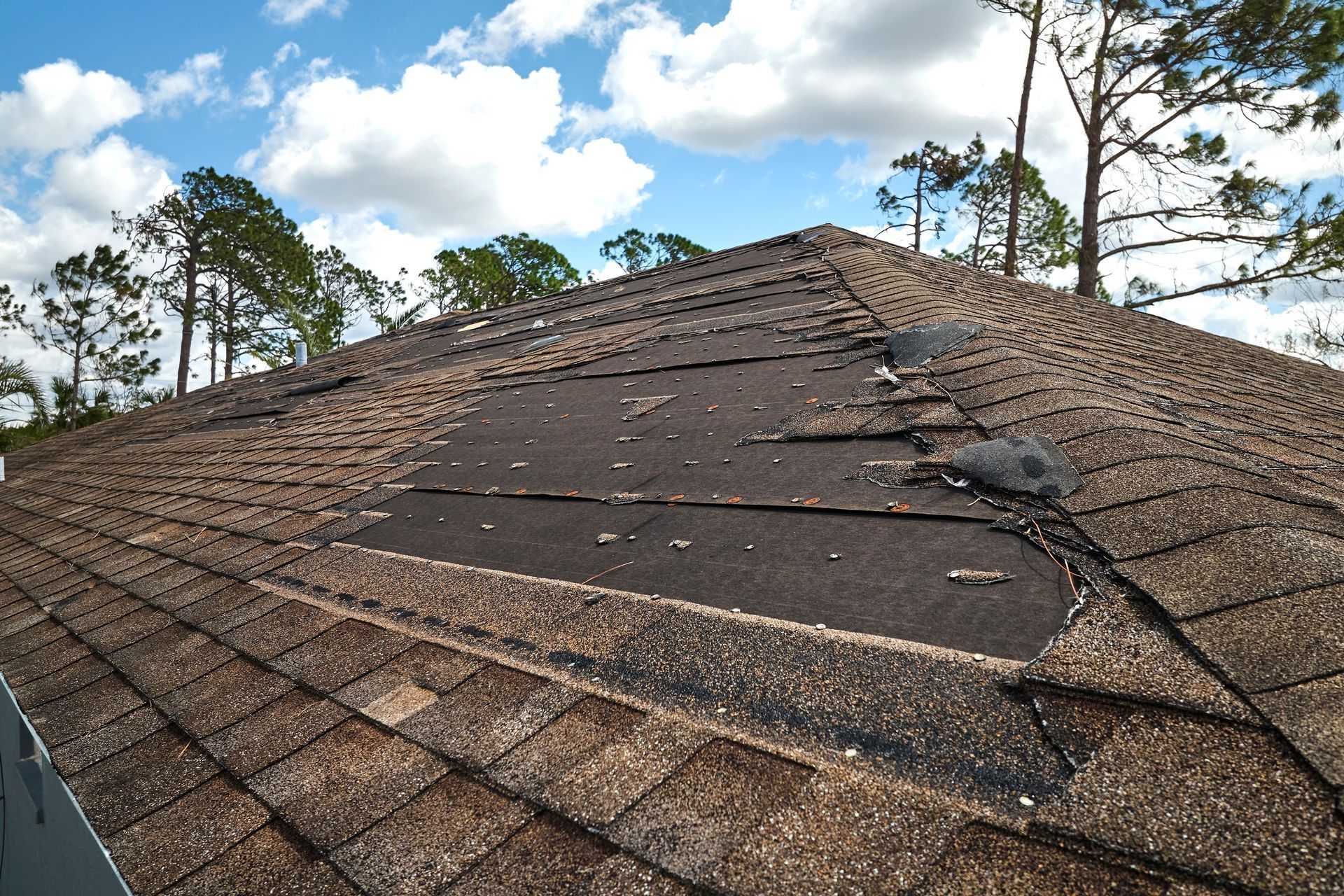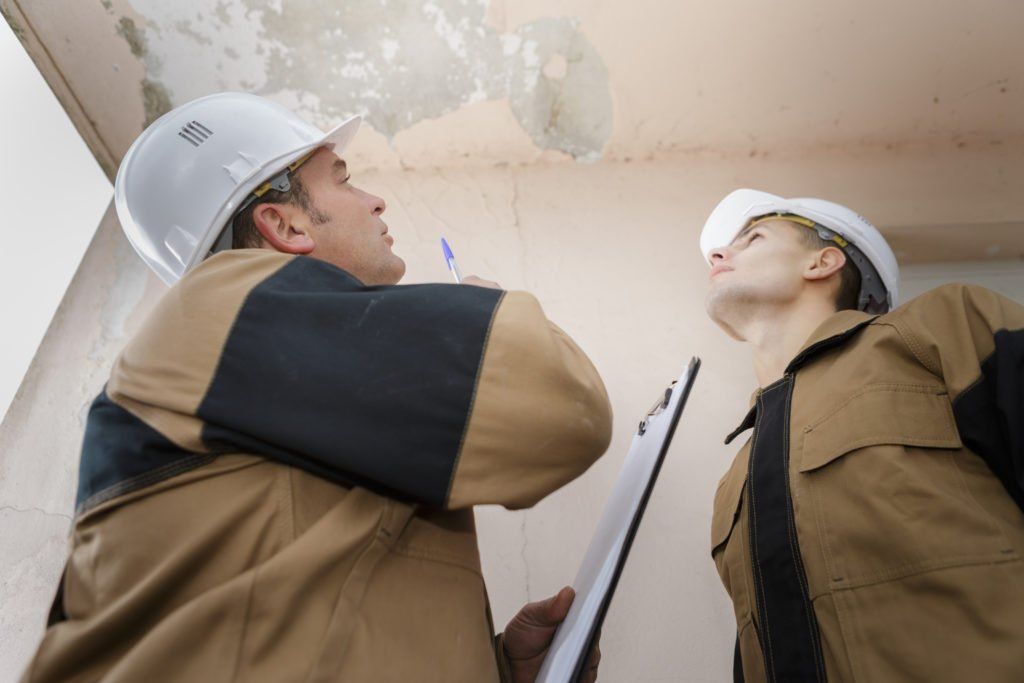Outsmart Summer – Prep Your Foundation for the Heat!

Welcome to the third post in our Summer Heat Series! If you’ve been following along, welcome back! Here at Ahlers, we see ourselves as more than just a quality roofing company. As a professional roofing company, we get a bird’s eye view of your property and we take pride in helping you protect every aspect of your home. In this post, we’ll be getting down to the bottom of it all as we dive into how to defend your foundation as the temps soar!
The Drought Condition Culprit
Foundation cracking is the result of drought conditions in the soil under your home. Soil contracts, compacts, and shifts as it dries causing uneven support for your foundation. This can cause cracking that leads to expensive foundation repairs (and the need for a great local contractor). We suggest, however, that foundation issues could often be prevented by an expert landscaper! Did you know that you likely have several yard elements contributing to drought conditions under your home even with periodic rains?
The biggest drought condition culprits are also the most beautiful staples of your yard – your trees. Large shade trees are a staple of North Texas landscaping, but many of the most commonly planted varieties aren’t native to arid areas. The large root systems of shade trees suck up the moisture in the soil under your home and are often a contributing factor to foundation damage if steps aren’t taken to increase moisture retention around the perimeter of your house.
How to Check In
To see if conditions are a concern for your foundation, it’s best to do a perimeter check early in the season and see how your foundation is faring. Take a walk around your home and check to see if there is a gap where the soil meets your foundation. If you don’t see a gap, that’s good. Your moisture levels are likely right where they should be. If you do see a gap, don’t panic! Investigate further by digging about six inches down into the soil to assess moisture levels below the surface.
If the soil at that depth is dry, you need to moisten your soil to minimize the risk of your foundation cracking and sinking. Don’t drench your soil, start by spending 10-15 minutes a day watering the soil around your foundation. If you’d prefer to set soaker hoses, keep them 6”-18” from your foundation and set them to run in the dark hours of the morning to minimize evaporation.
A Natural Approach
Another way to help naturally retain moisture around your perimeter is to plant shrubs or a bed of flowers around your foundation. Not only are these a great aesthetic addition to your landscaping, but their roots hold moisture in the soil. Putting mulch underneath your new plants will help prevent erosion and also work to prevent evaporation.
Water costs are always something to consider but are minimal in comparison to the cost of foundation repair to your home. If you see any cracks in your walls or in your foundation, don’t panic, call a trustworthy local contractor right away. Remember, we’re always here to help!
Check back with us for our next post in our Summer Heat Series where we’ll help you stay on top of shingle lift, loose gutters, damaged flashing, and other weak points that can shorten the life-span of your roof if not properly addressed. We’ll walk you through the steps to a quick roof inspection you can do yourself (remember, you can contact us anytime for a free professional roof inspection if you find anything of concern). A seasonal roof inspection is vital to ensure that your roof is up to the task of handling the summer heat and storms. Until then, set up those soaker hoses and have fun in the sun!
Recent Posts











